Upper Svaneti
By Baia
What is Upper Svaneti?
High in the Greater Caucasus, Upper Svaneti is a remote mountain region of Georgia, famous for its dramatic scenery and centuries-old villages. Preserved by long isolation, it represents a rare example of medieval life still visible today. Stone tower houses rise above clusters of homes, with snowy peaks and alpine valleys forming the backdrop.
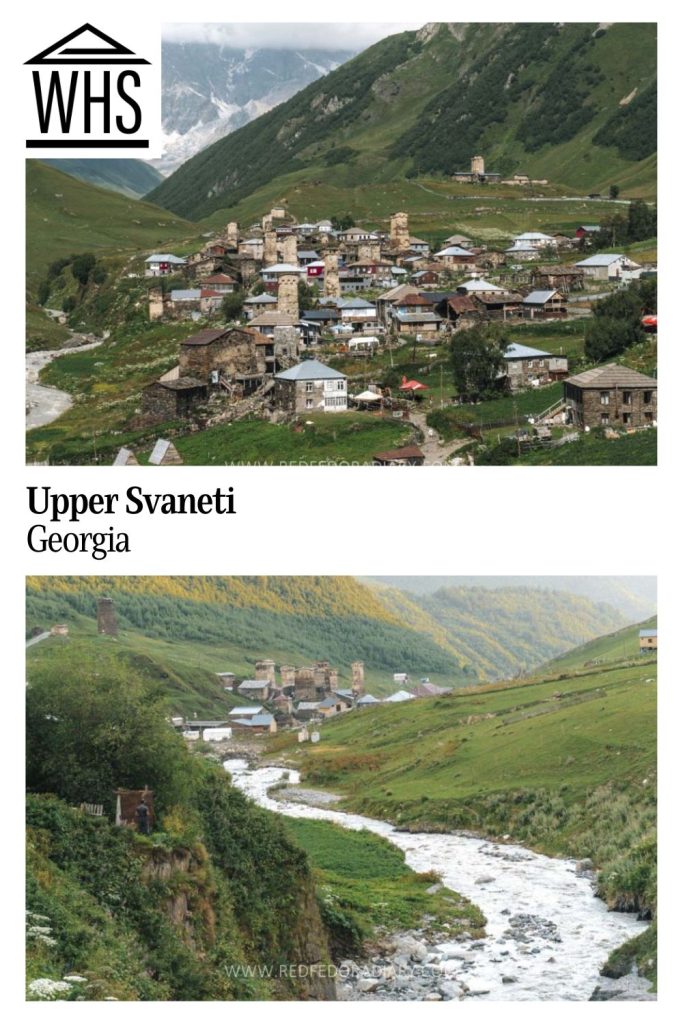
Disclosure: This article contains affiliate links. Making a purchase through an affiliate link will mean a small commission for this website. This will not affect your price. Privacy policy.
Why is Upper Svaneti a UNESCO World Heritage Site?
Upper Svaneti earned its place on the UNESCO list for its combination of dramatic mountain landscapes and remarkably well-preserved medieval villages. The region is best known for its stone tower houses, which are unique to Svaneti and were built as both homes and fortifications.
At the heart of the region is the village of Chazhashi, part of the Ushguli community, where more than 200 towers, churches, and fortifications have survived. Together with ancient churches and mural paintings, they present the traditions and artistic achievements of the Svan people.
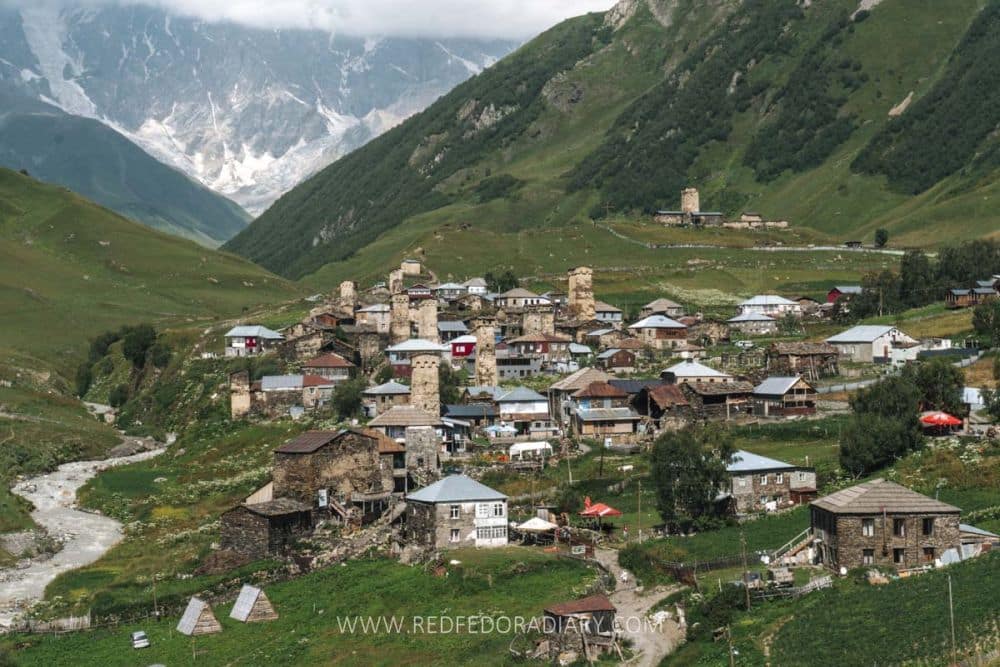
What can you expect on a visit to Upper Svaneti?
Visiting Upper Svaneti feels like stepping into another era. The region is comprised of several communities scattered along the Enguri River Gorge, each set against the towering ridges of the Caucasus.
The central town of Mestia has become the hub with a growing number of guesthouses, restaurants, and a slightly more modern feel. The villages deeper in the valley, especially Ushguli, have retained their authentic character just as they did centuries ago.
Book accommodations in Mestia.
Ushguli itself is a string of four small villages – Murkmeli, Chazhashi, Chvibiani, and Zhibiani – set against the dramatic backdrop of snow-covered Mount Shkhara, Georgia’s highest peak.
These villages, with their towers, defensive walls and ancient churches, all tightly woven into a cohesive settlement, feel remarkably untouched by time. The Lamaria Monastery, perched above the villages, completes the scene.
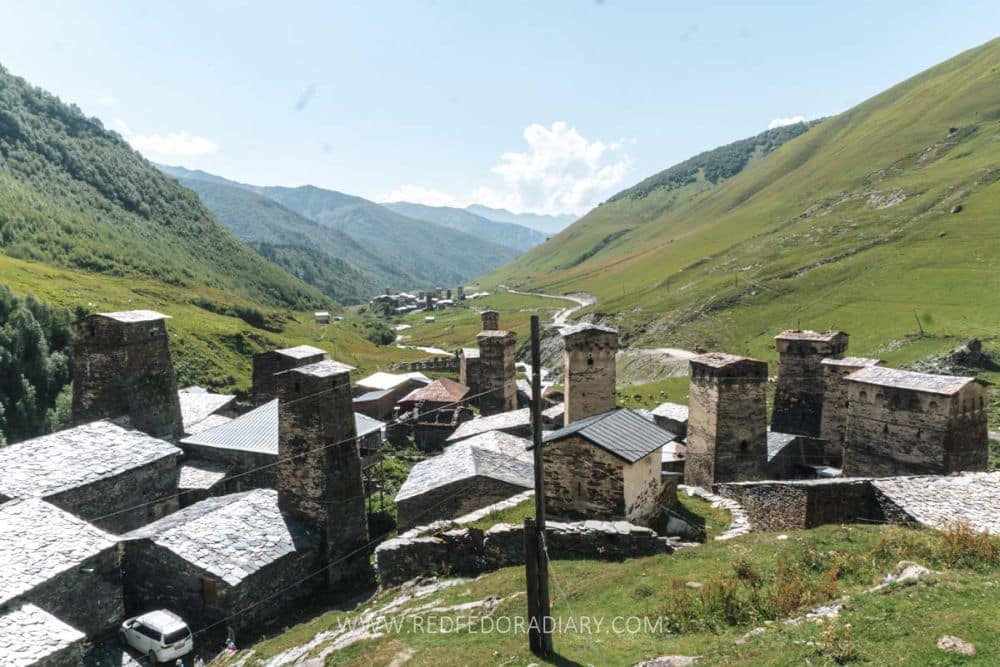
At 2,100 meters (6,890 feet) above sea level, the Ushguli community once proudly held the title of the highest permanently-inhabited settlement in Europe. Even though a rival village of Bochorna in Tusheti later claimed the status, Ushguli still feels extraordinary. People live here year-round, enduring long, snowbound winters while preserving age-old traditions.
Unlike other parts of Georgia, you won’t find modern hotels or polished infrastructure here. Accommodation is simple but comfortable, usually in family-run guesthouses. That simplicity is part of its charm, and it’s what makes a trip here feel like a true journey back in time.
Is Upper Svaneti worth visiting?
Upper Svaneti is one of Georgia’s most memorable regions and deserves a spot on every Georgia itinerary. It offers a sense of history and beautiful scenery that you won’t find elsewhere in the country.
While it can feel busy during peak season, the landscapes and atmosphere more than make up for the crowds. Plan to spend at least two to four days here. This will allow time to hike, explore Ushguli, and take in the surroundings at a relaxed pace.
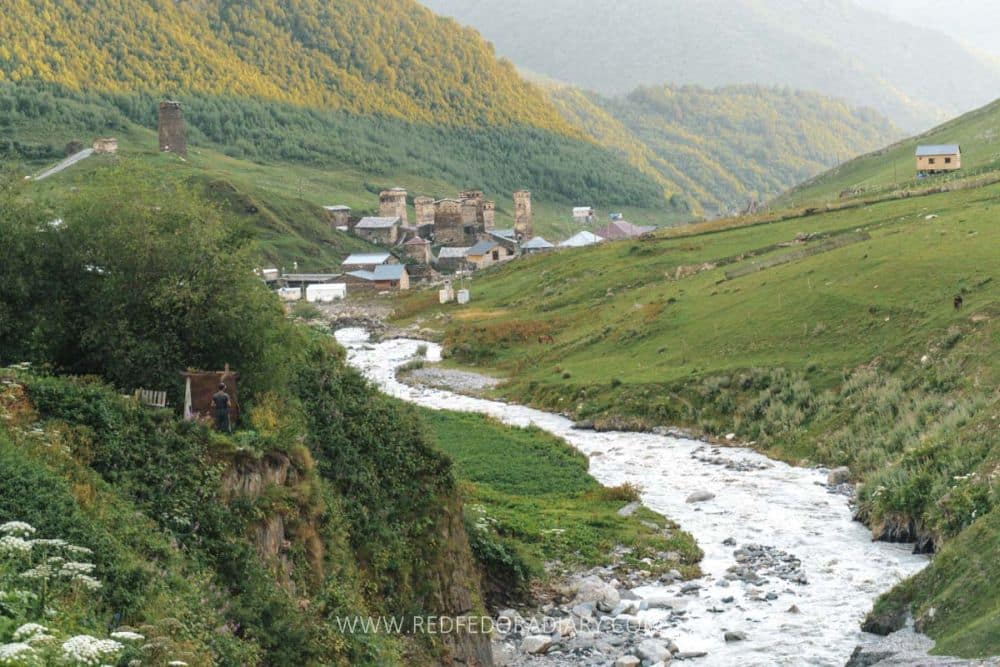
What sorts of travelers would like Upper Svaneti?
Although Upper Svaneti is often seen as a hiker’s paradise – especially with the famous 3-4 day Mestia to Ushguli trek – it appeals to far more than just trekkers.
Culture lovers will find plenty to explore, from the excellent Svaneti Museum of History and Ethnography in Mestia to smaller gems like the Khergiani House Museum, dedicated to a famous climber, and Ushguli’s tiny Ethnographic Museum. Churches decorated with medieval frescoes add another layer of interest. For those who prefer lighter activity, there are shorter, easy hikes to waterfalls and alpine lakes.
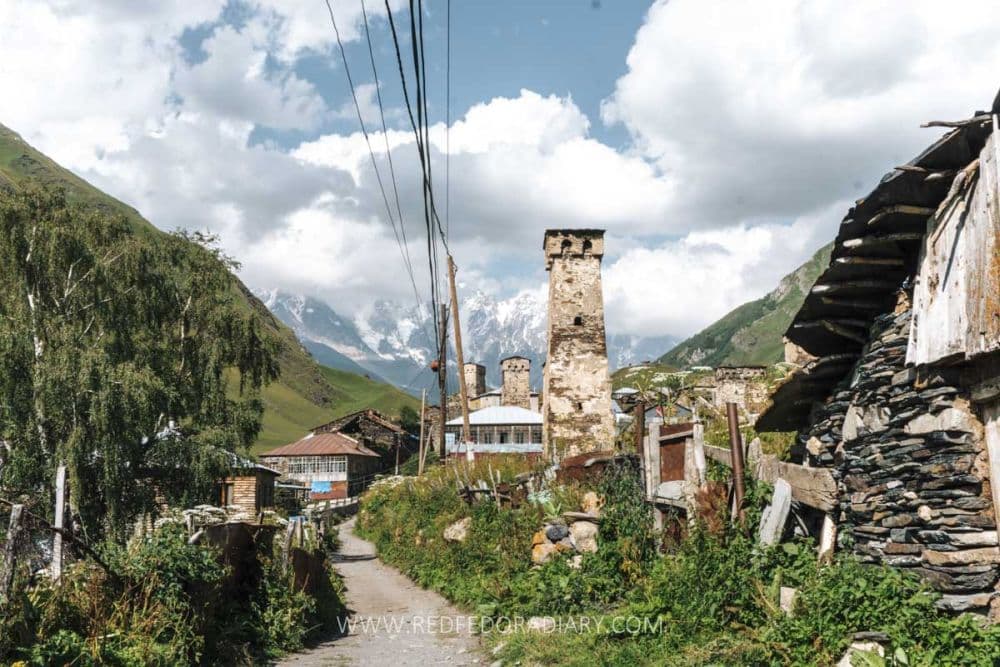
Tips for visiting Upper Svaneti
Upper Svaneti can be visited year-round, but the experience changes with the seasons. Summer is peak hiking season, with trails open and villages lively. In winter, Mestia transforms into a ski resort destination. However, smaller villages – and sometimes even Ushguli – can be cut off by heavy snow. Late spring and early autumn are also excellent times to visit, with fewer crowds and beautiful scenery.
Family-run cafés and restaurants may close outside of peak summer months, resulting in limited options during the shoulder or winter seasons.
Always pack warm clothes, even in mid-summer, when evenings and mornings get breezy and cold. For hiking, sturdy, comfortable shoes are essential.
If you plan to tackle the Mestia–Ushguli trek, you don’t need to bring camping gear. The route is lined with guesthouses where hosts provide meals, pack lunches for the trail, and offer a cozy place to stay overnight.
If you enjoy hiking, but prefer a pre-arranged tour that includes transportation, food and accommodations, take a look at this 9-day small-group hiking trip.
Use the map below to find accommodations in the region. The map is centered on Mestia, but if you zoom out you’ll see many other options. Ushgali is southeast of Mestia.
As you’re planning your trip, consider adding other UNESCO sites in Georgia to your itinerary.
Where is Upper Svaneti?
Upper Svaneti lies in northwestern Georgia, high in the Greater Caucasus Mountains. The region is most easily reached from the city of Zugdidi. It’s also possible to travel from Batumi, Kutaisi, or even Tbilisi.
By car: The drive from Zugdidi to Mestia takes approximately 3.5–4 hours on a winding yet scenic mountain road. From Batumi, it’s approximately 6 hours; from Kutaisi, about 5 hours; and from Tbilisi, 7.5 hours non-stop. If your first stop is Ushguli, you can take the newly paved Tsageri-Lentekhi highway either from Kutaisi or Tbilisi.
Compare rental car prices here.
By public transport: Shared minibuses (marshrutkas) run daily from Zugdidi to Mestia in the morning and afternoon. The ride takes 3.5–4 hours. From Mestia to Ushguli, it’s possible to arrange local transport (marshrutkas or 4WD taxis), which adds another 1.5-2 hours.
If you’d rather not drive or deal with minibuses, sign up for a 4-day private tour from Tbilisi or a 2-3 day private tour from Kutaisi. Or you could take a 2-day small-group tour from Kutaisi.
For more information about Upper Svaneti, see its official website.
Have you been to Upper Svaneti? If so, do you have any additional information or advice about this UNESCO World Heritage site? Please add your comments below!

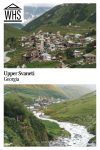
The raw beauty of Svaneti really stands out. The landscapes look wild, the air must be fresh, and the views go on forever. Ushguli looks like the kind of place that inspires peace and reflection.